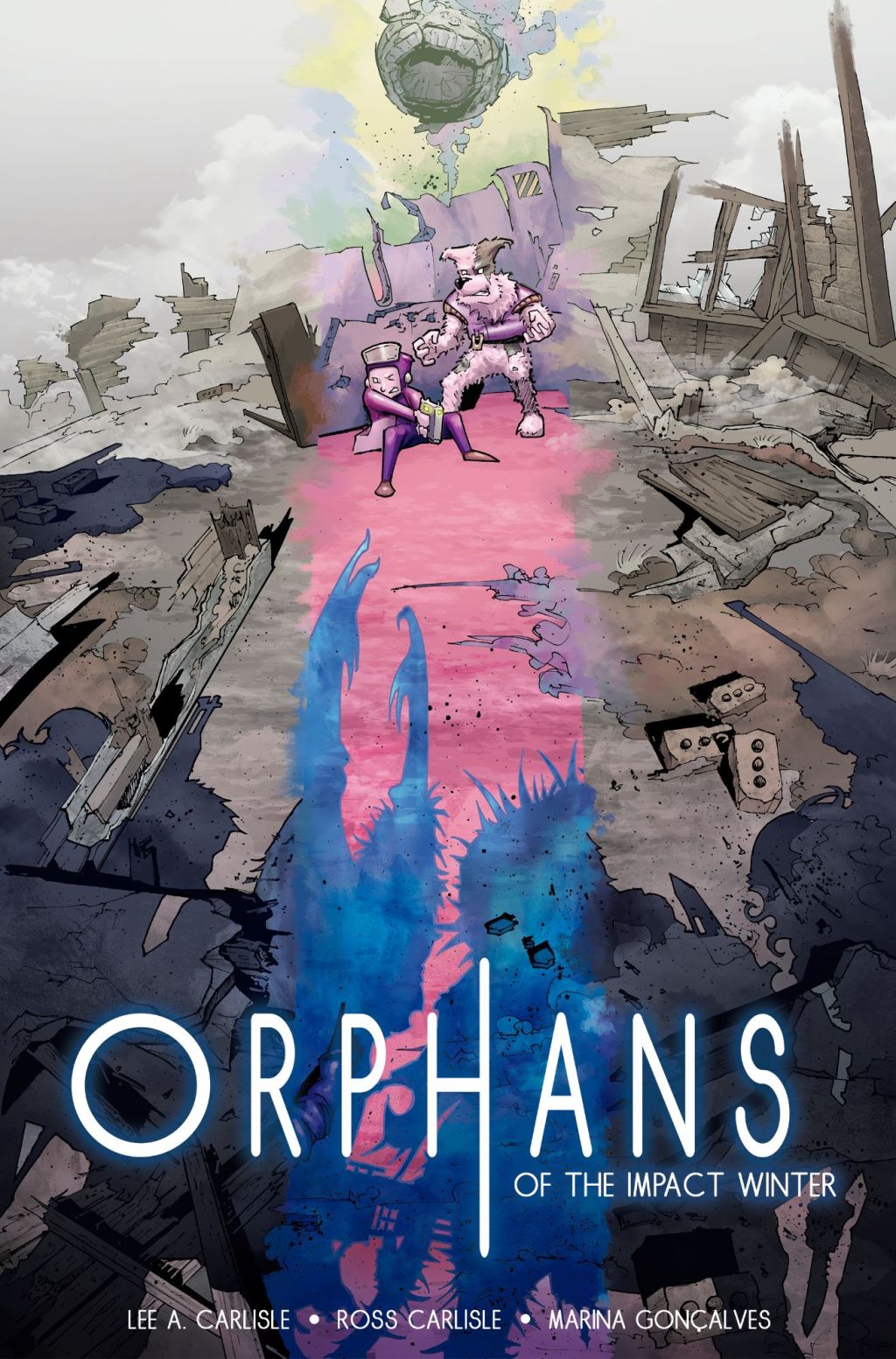
I’ve been fascinated with tabletop RPGs since the early 80s, as I’ve previously mentioned elsewhere on the blog. Dungeons & Dragons was one of my earliest, post-Star Wars obsessions; the red box starter set, despite me not being able to play very much at the time (I was 8 when it was bought for me!), was one of my most treasured possessions back in the mid-80s.
I’ve always enjoyed reading the background and worldbuilding in RPGs and I’ve probably spent more time doing that than actually playing them. I’ve found, however, that I’m more likely to get a session or two in of a game that’s rules light and doesn’t rely on a great deal of background reading in order for players to become immersed in the game – unfortunately, I tend to be the only person in my circle of friends who is willing to digest and then explain rules etc, so I do somewhat need something that’s quick and easy to explain.
I was really intrigued by Grant Howitt’s Goblin Quest when I happened upon it – especially as it seemed to fit into the exact niche for my gaming needs. Goblin Quest is a simple RPG in which the GM is optional, with the players taking on the roles of five hilariously inept Goblins (in sequence, not simultaneously – as they’re so prone to dying horribly) attempting a basic task and, more often than not, it seems, doomed to failure.
I received Goblin Quest for my birthday; the book itself is lovely. I didn’t expect there to be such a wealth of colour inside; my expectations of years of RPG books is that the interior art tends to be black and white, albeit still attractive, except in the case of lavishly produced hardcovers. Goblin Quest, however, features brilliantly colourful and cartoony illustrations throughout.
There’s not a huge amount of background to absorb in Goblin Quest; nor are there tons of pages of complicated rules. It seems like a very simple game to play, with the only issue I found being the ideas sections scattered throughout the book that interrupt the flow of the core rules. My issue isn’t with the hooks/adventure ideas themselves, but instead with the way they break up the core rules, making them harder to follow and digest than they should be. I am, however, willing to admit that this could simply be due to the way my brain works.
Following the core rules, there are a number of rules hacks at the back of the book – these are all of a really high standard, with some absolutely inspired implementations of the basic rules (such as the incredible setting of characters playing five sequential Sean Beans in their attempts to survive to the end of a film).
Minor gripe about the layout of the adventure ideas sections aside, I’m impressed with the amount and variety of content here – in addition to the aforementioned Sean Bean Quest, there’s also a Cthulhu setting, a Regency-era romance setting, a Princess Bride-inspired setting and more. There’s a large amount of plot hacks, hooks and ideas for the main game, from an impressive selection of well-known RPG designers.
All of this means that I’m very keen to play Goblin Quest. I look forward to being able to provide a more complete overview – once I’ve had a chance to experience what looks like an incredibly fun and hilariously chaotic game for myself.
If you’ve enjoyed reading this – or any of my other content – it’d be much appreciated if you’re able to share this article via social media. I’d also be forever grateful if you’re able to support me via: Ko-Fi.com/geekmid – which would assist me in writing even more content just like this. Above all else though, thanks for reading – I truly appreciate it!





Leave a comment